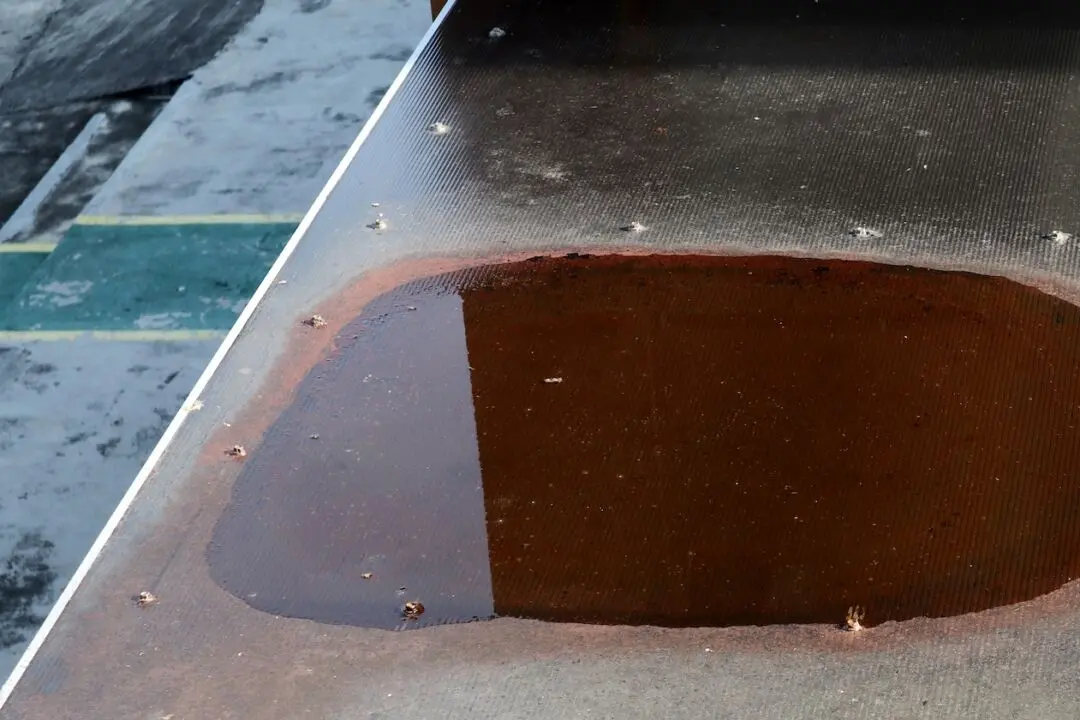Dear James: The water pipes are loud in our house, especially at night; they make a knocking sound when we shut off a faucet. What causes this loud noise and how can we stop it?—Deborah G.
Dear Deborah: The loud noise you are describing is called “water hammer” because of the knocking sound. It sounds like something is banging against the outside of the pipe, but it is actually the water itself coming to a rapid stop inside the pipe.





